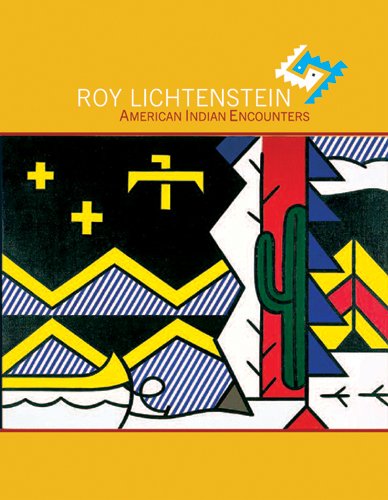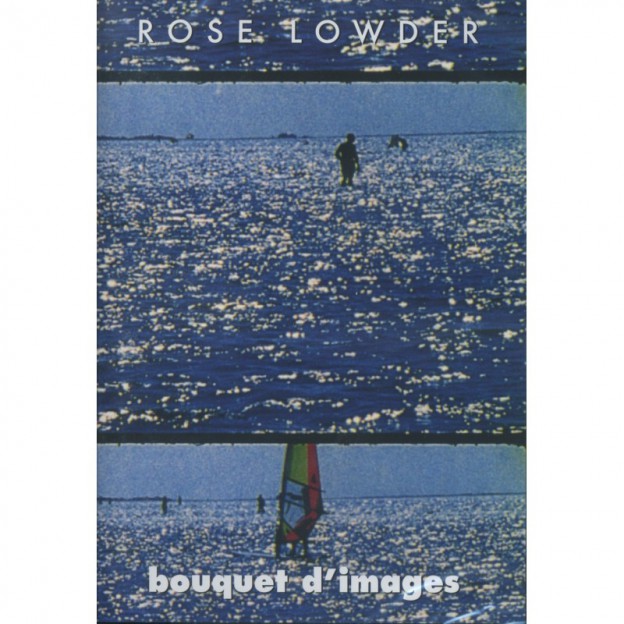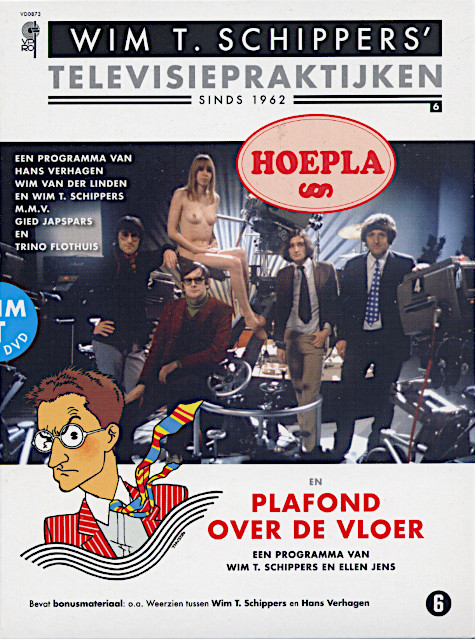Gail Stavitsky and Twig Johnson - American Indian Encounters
One of America’s leading Pop artists, Roy Lichtenstein was a master of stereotype. Bringing sophisticated analyses to visual conventions, he had a distinct flair for using irony to exploit past and existing styles. Today, his name is typically associated with whimsical renderings of comic strips and advertisements—paintings marked by their bold colors, prominent black outlines, and patterns of Ben Day dots.
Beyond his fascination for icons of popular culture, however, Lichtenstein had a little-known, but deep appreciation for the objects and images of American Indian culture. This book explores in detail and fully illustrates a virtually unknown collection of his paintings and works on paper that were influenced by his encounters with Native American subjects.
Lichtenstein’s cubist abstractions from the early 1950s reflect his interest in European modernism, specifically the work of artists such as Pablo Picasso, Joan Miró, and Paul Klee. The Native American subjects of these works also suggest the artist’s interest in nineteenth-century sources such as George Catlin, the Swiss painter Karl Bodmer, the German artist Charles Wimar, and the American artist John Vanderlyn. Lichtenstein himself characterized the paintings from this period as “reinterpretations of those artists concerned with the opening of the west . . . with the subject matter of cowboys, Indians, treaty signings—a sort of Western official art in a style broadly influenced by modern European painting.”
The themes and compositions of these often-ignored early works are revisited in Lichtenstein’s 1979 “Amerindian” paintings and related drawings and prints. His paintings from this period were primarily inspired by his extensive collection of catalogues of Native American design motifs. Lichtenstein also attended powwows at the nearby Shinnecock Indian reservation in Southhampton, Long Island.
For Lichtenstein, Native American art provided a historical base for American art, reminiscent of African art’s relationship to early European modernism. This catalogue, including forty color illustrations, is the first to examine the compelling details of this foundation.
Twig Johnson was at the time curator of Native American Art at the Montclair Art Museum.
Paperback, 80 pages, 8.5 x 0.4 x 11 inches, published in 2005.
€12.00







